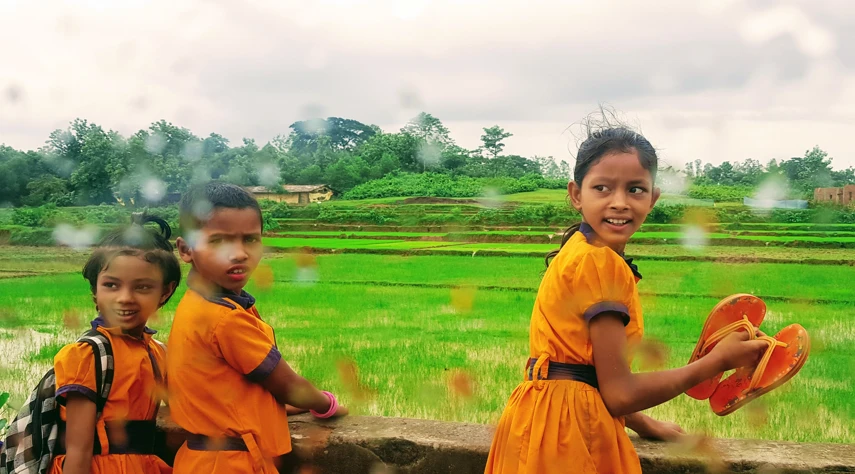
School Retention
Strengthening Child Rights in the Cotton Farming Districts of Punjab and Haryana
Objective
Examine the underlying causes of drop-out from school to help interventions build specific activities to suit the needs of specific communities.
Client
Save the Children, IKEA Foundation
Location
Punjab and Haryana
Category
Education
Outcome
Insights into the behaviour of specific communities at micro level that help frontline programme workers in increasing retention in school.
Problem
Save the Children, in partnership with Pratham and Breakthrough implemented the project on strengthening child rights across seven districts of Punjab and Haryana in India. Despite the high state gross domestic product of the two states, issues of school dropout, child labour, quality of education, and gender disparity remain key concerns in the area. The project research showed that majority of the school dropouts and absentees came from Scheduled Caste families, who were economically very poor with limited sources of livelihood. Most of the households engaged in agriculture labour during peak harvest seasons in October and in March. Children above the age of 12 and 13 years in the project districts often supplement the household income by working in the agricultural fields during harvest season, leading to long spells of absence from school. Moreover, retention rates see a sharp decline after completion of grade 8 despite high enrolment ratios.
Our Approach
One of the key interventions of the program was to identify the families of out-of-school children or children who were irregular to school and counsel the families to reduce absenteeism, increase retention in school, and send them back to school. In the second year of the implementation, the program partners wanted to strengthen the narrative for their on-ground local frontline staff to enhance retention in schools. To define the contours of the narrative our team undertook three immersion visits to these seven districts over the next two months. We documented and analysed 23 case studies of children who had dropped out or were likely to do so, those who were irregular to school, and those who had been readmitted to school. The analysis of these detailed testimonies provided in-depth information about the latent factors that affect behaviour of individuals and communities when they make choices related to schooling and education.
Over these immersive visits our team came across a spectrum of situations that made us rethink the problem and unlearn our assumptions. Absenteeism from school for a long period of time due to family emergencies, labour work during peak agricultural seasons or to help with household chores has been known to create dissuasion from the school work for children which leads to loss of interest and eventual dropout. However, data showed us that not all children from poorer backgrounds dropout of school. Even within families, a sibling was observed to complete his/her schooling while another sibling may not do so. Within the same community, in some families girls may be allowed to go to the town for continuing their studies while in others, they would have to quit school. Not all children who worked on farms during specific seasons and missed school for a period of 10-15 days, dropped out of school. Such behaviour was essentially reflective of the fact that the poor are not a homogeneous group. A self-selection criteria plays an important role in choosing books over bucks. Such differences in behaviour are not erratic but are governed by intricate thought processes and social context of the households.

We found that the social context played a huge role in the process of dropping out of school. Addiction to alcohol and drugs for boys at early age, restrictions on mobility of girls, little importance attached to education in light of lack of jobs, and lack of role models in the villages were critical factors that governed behaviour in day-to-day life. In this context, we found four key latent determinants that sustain a child’s interest in school.
- An enabling environment at home which requires care and support from parents.
- Peer support or role models who encourage the child to dream and build his/her aspirations.
- Support from the community where education is considered a tool for empowerment for both boys and girls.
- Fair and inclusive treatment of children in school with appropriate attention and care from teachers.
These 23 cases, each different from the other, brought to light the interplay of these factors in the affected families. For instance, in absence of support from parents towards schooling, children were not able to attend school even if the school teacher is supportive. Moreover, social norms in the community (for instance, early marriage for girls) created pressure on individual households to conform to the norms making it difficult for other factors to create any influence. At the same time, if the school teacher is insensitive towards children, they showed a tendency to withdraw from school to avoid insulting remarks even though the household may be supportive of the child’s education.
Our insights unpacked the behavioural nuances of the community through each of these cases. With these findings we helped shape the design of the next set of interventions targeted for these specific communities.
